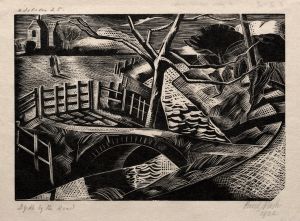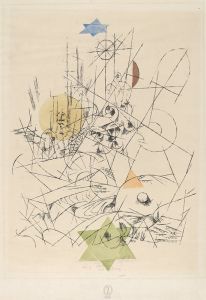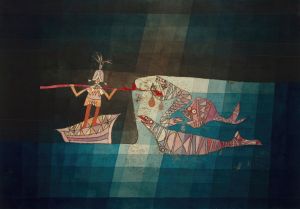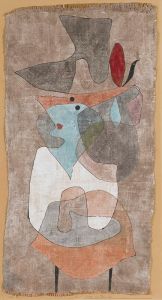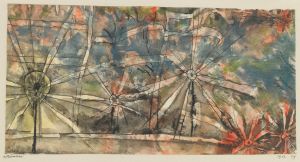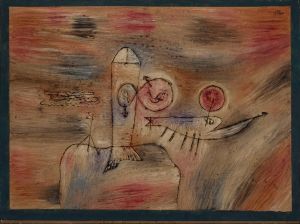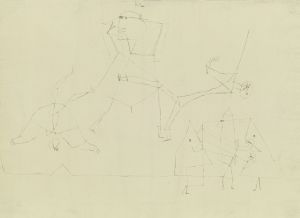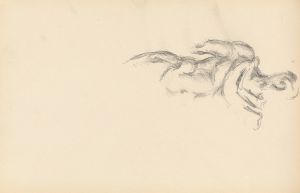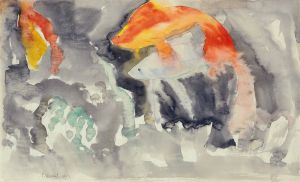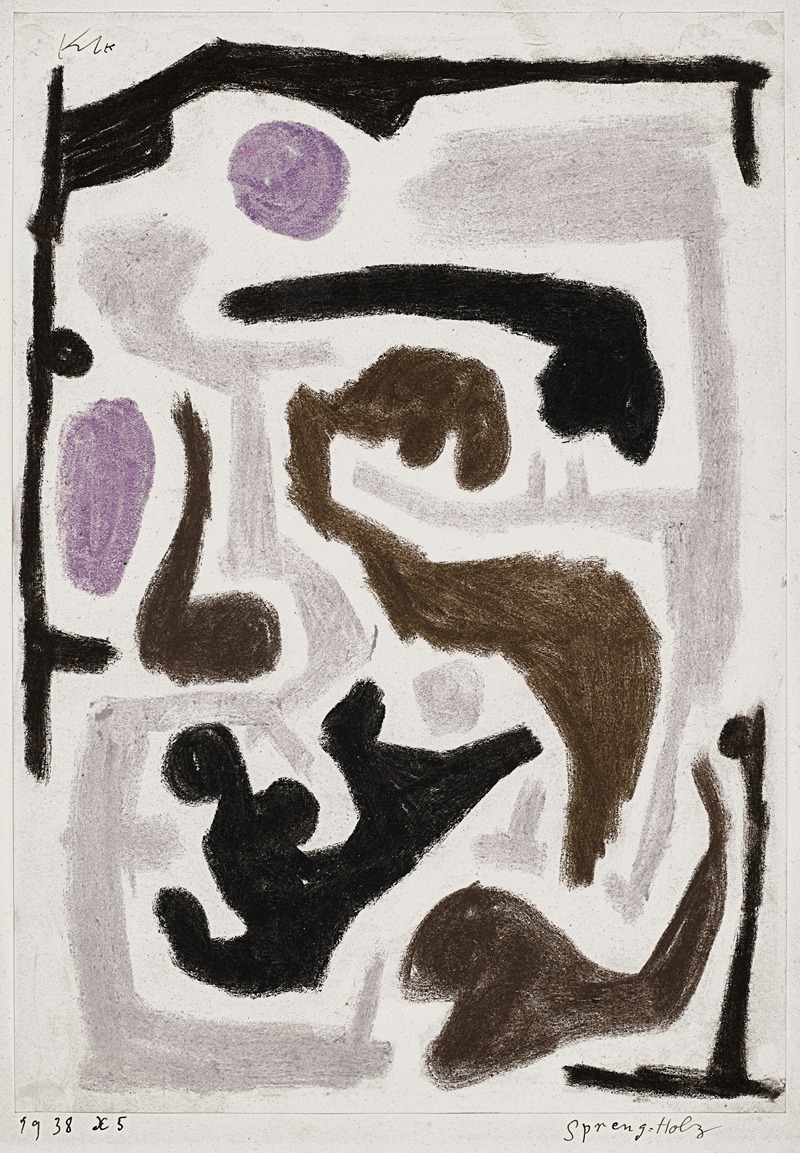
Spreng=Holz
A hand-painted replica of Paul Klee’s masterpiece Spreng=Holz, meticulously crafted by professional artists to capture the true essence of the original. Each piece is created with museum-quality canvas and rare mineral pigments, carefully painted by experienced artists with delicate brushstrokes and rich, layered colors to perfectly recreate the texture of the original artwork. Unlike machine-printed reproductions, this hand-painted version brings the painting to life, infused with the artist’s emotions and skill in every stroke. Whether for personal collection or home decoration, it instantly elevates the artistic atmosphere of any space.
"Spreng=Holz" is a painting by the Swiss-born artist Paul Klee, created in 1920. Klee is renowned for his highly individual style, which was influenced by movements in art that included Expressionism, Cubism, and Surrealism. His works often feature a unique blend of abstraction and figuration, characterized by a whimsical and childlike quality.
"Spreng=Holz" is a part of Klee's extensive body of work that explores the relationship between color, form, and line. The title of the painting, which translates to "Exploding Wood" in English, suggests a dynamic and possibly violent transformation, a theme that Klee often explored through his abstract compositions. The painting is executed in watercolor and ink on paper, a medium that Klee frequently used to achieve delicate and intricate effects.
The composition of "Spreng=Holz" is marked by Klee's signature use of geometric shapes and a grid-like structure. The painting features a series of fragmented, angular forms that appear to be in motion, creating a sense of energy and disruption. The color palette is dominated by earthy tones, with shades of brown, ochre, and green, which may evoke the natural elements of wood and forest.
Klee's work during this period was heavily influenced by his experiences as a soldier in World War I and his subsequent involvement with the Bauhaus school, where he taught from 1921 to 1931. The Bauhaus was a revolutionary art and design school in Germany that sought to unify art, craft, and technology. Klee's teaching at the Bauhaus emphasized the importance of understanding the fundamental principles of design, including the use of color theory and the exploration of abstract forms.
"Spreng=Holz" reflects Klee's interest in the interplay between destruction and creation, a theme that resonates with the broader context of post-war Europe. The painting can be seen as an exploration of the transformative power of art, where the act of breaking down forms leads to the creation of new visual languages.
Klee's work has been celebrated for its innovative approach to abstraction and its ability to convey complex ideas through simple, yet evocative imagery. "Spreng=Holz" is a testament to Klee's mastery of his craft and his ability to infuse his work with a sense of wonder and mystery.
Today, "Spreng=Holz" is held in the collection of the Zentrum Paul Klee in Bern, Switzerland, which houses a significant number of Klee's works and serves as a center for research and education on the artist's life and legacy. The painting continues to be studied and admired for its contribution to the development of modern art and its reflection of Klee's unique artistic vision.





